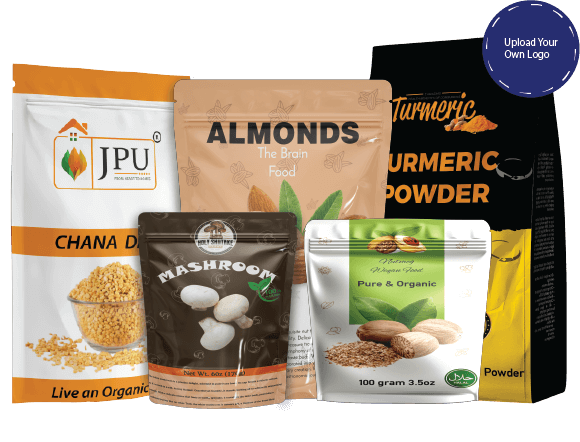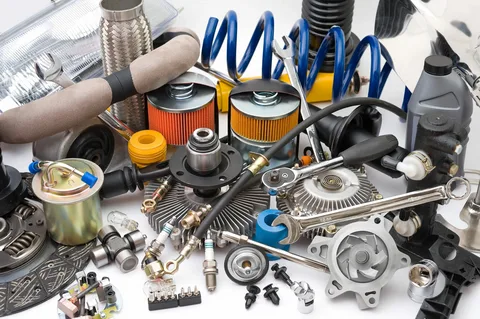Introduction:
In the fast-paced and dynamic world of the food industry, packaging plays a pivotal role in attracting consumers and preserving the freshness and quality of products. One innovative solution that has gained significant traction in recent years is custom food pouch packaging. This article will delve into the various aspects of Custom Food Pouch Packaging, exploring its benefits, design considerations, material choices, and environmental impact.
The Rise of Custom Food Pouch Packaging:
Custom food pouch packaging has emerged as a versatile and adaptable solution for a wide range of food products. From snacks and granola to sauces and baby food, these pouches offer convenience, portability, and a unique canvas for brand expression. The trend towards on-the-go lifestyles and the increasing demand for sustainable packaging options have contributed to the popularity of custom food pouches.
Benefits of Custom Food Pouch Packaging:
Versatility:
Custom food pouches come in various shapes and sizes, catering to the specific needs of different products. This versatility allows brands to create packaging that aligns with their marketing strategy and product requirements.
Brand Visibility:
The flat, flexible surface of pouches provides ample space for branding and design. Custom printing options allow brands to showcase their logo, product information, and visual elements that resonate with their target audience.
Convenience for Consumers:
The resealable nature of many custom food pouches enhances consumer convenience. This feature is particularly appealing for products that are intended for multiple uses, allowing consumers to seal the pouch and preserve freshness after each use.
Lightweight and Cost-Effective:
Compared to traditional packaging materials like glass or rigid plastic, custom food pouches are lightweight and cost-effective. This not only reduces shipping costs but also minimises the environmental impact associated with transportation.
Design Considerations for Custom Food Pouches:
Material Selection:
The choice of material is a critical aspect of custom food pouch design. Common materials include plastic laminates, aluminium, and kraft paper. Considerations such as barrier properties, sustainability, and product compatibility should guide the selection process.
Closure Mechanisms:
Depending on the product and its intended use, custom food pouches can feature various closure mechanisms. Zip locks, spouts, and resealable zippers are popular options that enhance user convenience and product freshness.
Functionality:
While aesthetics are important, the functionality of the pouch should not be overlooked. Easy opening, resealability, and user-friendly features enhance the overall user experience.
Visual Appeal:
The aesthetic appeal of custom food pouches plays a crucial role in attracting consumers. Engaging graphics, vibrant colours, and a well-thought-out design can make a product stand out on the shelf.
Graphics and Branding:
High-quality printing capabilities allow for vibrant graphics and detailed branding. A visually appealing design not only attracts consumers but also communicates important information about the product, such as nutritional facts and usage instructions.
Environmental Impact and Sustainability:
Recyclability and Biodegradability:
As the global focus on environmental sustainability grows, manufacturers are exploring recyclable and biodegradable materials for custom food pouch packaging. Brands are increasingly investing in eco-friendly options to reduce their carbon footprint.
Life Cycle Assessment:
Assessing the environmental impact of custom food pouches involves considering the entire life cycle of the packaging. This includes raw material extraction, manufacturing, transportation, use, and end-of-life disposal. Life cycle assessments help identify areas for improvement in sustainability.
Material Options:
flexible Plastic Films:
Traditional materials like polyethylene and polypropylene offer flexibility and durability. Manufacturers are increasingly exploring options with reduced environmental impact, such as recyclable and recycled plastics.
Paper-Based Pouches:
Paper-based pouches are gaining popularity as a sustainable alternative. These pouches often feature a combination of paper and thin plastic layers, providing the necessary barrier properties while reducing overall environmental impact.
Biodegradable and Compostable Materials:
Innovations in material science have led to the development of biodegradable and compostable pouches. These materials break down naturally, addressing concerns about plastic pollution.
Sustainability Considerations:
Life Cycle Analysis:
Sustainable packaging involves considering the entire life cycle of the product, from raw material extraction to disposal. Custom food pouch manufacturers are increasingly conducting life cycle assessments to minimise environmental impact.
Recycling Infrastructure:
The recyclability of custom food pouches depends on the availability of recycling infrastructure. Brands are encouraged to communicate recycling instructions clearly to consumers and work towards improving recycling systems.
Regulatory Compliance:
Compliance with environmental regulations and certifications, such as ASTM D6400 for compostability, is essential for brands aiming to position themselves as environmentally responsible.
Conclusion:
Food pouch packaging represents a dynamic and innovative solution for modern food packaging needs. Its versatility, convenience, and potential for creative branding make it a popular choice across various product categories. Packaging Printing is an essential aspect of product presentation, providing a visually appealing and informative platform to convey crucial details about the contents within the package. As the industry continues to evolve, the emphasis on sustainable materials and eco-friendly practices will likely shape the future of custom food pouch packaging, reflecting a commitment to both consumer satisfaction and environmental responsibility.











